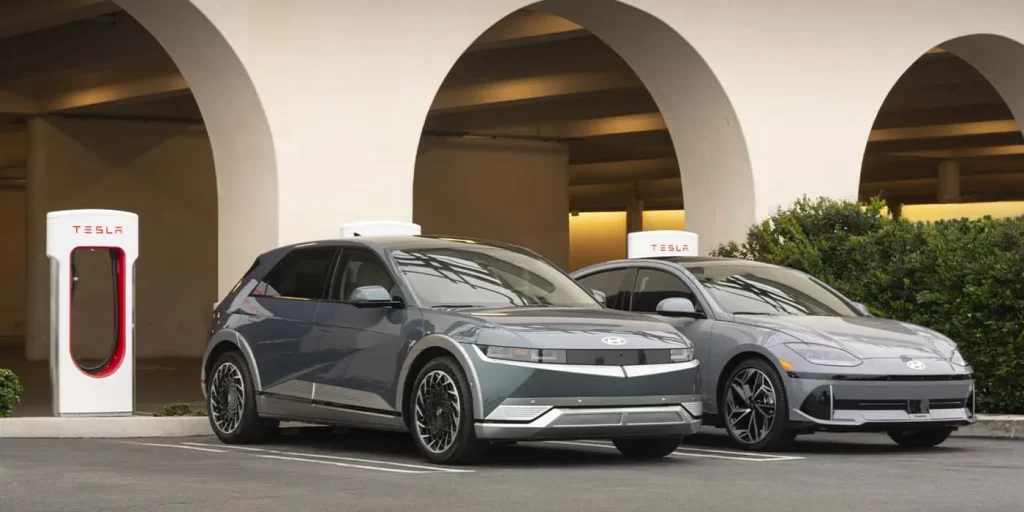
Can solid-state batteries improve EVs even more? Hyundai is betting on it. The automaker recently filed a patent for a pressurized all-solid-state EV battery system in the US.
Hyundai files patent for all-solid-state EV battery system
Hyundai looks to get a leg up as EV adoption continues climbing. The company’s latest plans include improving battery stability and energy density. In other words, Hyundai wants better-performing EVs that last longer.
The patent for an “all-solid-state battery system provided with pressurizing device” was published on December 28, 2023.
Hyundai describes an all-solid-state battery system where pressure is constantly maintained in each cell regardless of charging and discharging rates.
Traditional lithium-ion batteries use a liquid electrolyte to separate the cathode and anode. Solid-state batteries use, well, solid electrolyte. Therefore, even if the electrolyte is damaged, the battery maintains stability and performance.
Solid-state batteries are gaining popularity as a potential alternative to current lithium-ion batteries. The technology promises to be lighter and safer while offering faster charging and better performance. However, certain limitations are holding the technology back.

Solid-state batteries are still relatively new, and since there is no liquid electrolyte, a solid material must be used. These materials, like graphite, can be expensive and hard to source.
Hyundai’s new all-solid-state battery system is designed to overcome these issues. The system applies constant pressure to each cell during charging and discharging.

The patent describes battery cells arranged in a closed pressurized chamber. The cells are pressurized by fluid in an isostatic pressure. A pressurizing device is used to control the supply of the fluid to the chamber.
Sensors are used to determine the pressure and temperature in the chamber, while a voltage detector shows the voltage of each cell.
An included controller is used to start charging and discharging each cell when the temperature and pressure are within a set range. The system also consists of a temperature-adjusting device to maintain optimal temperatures.
























